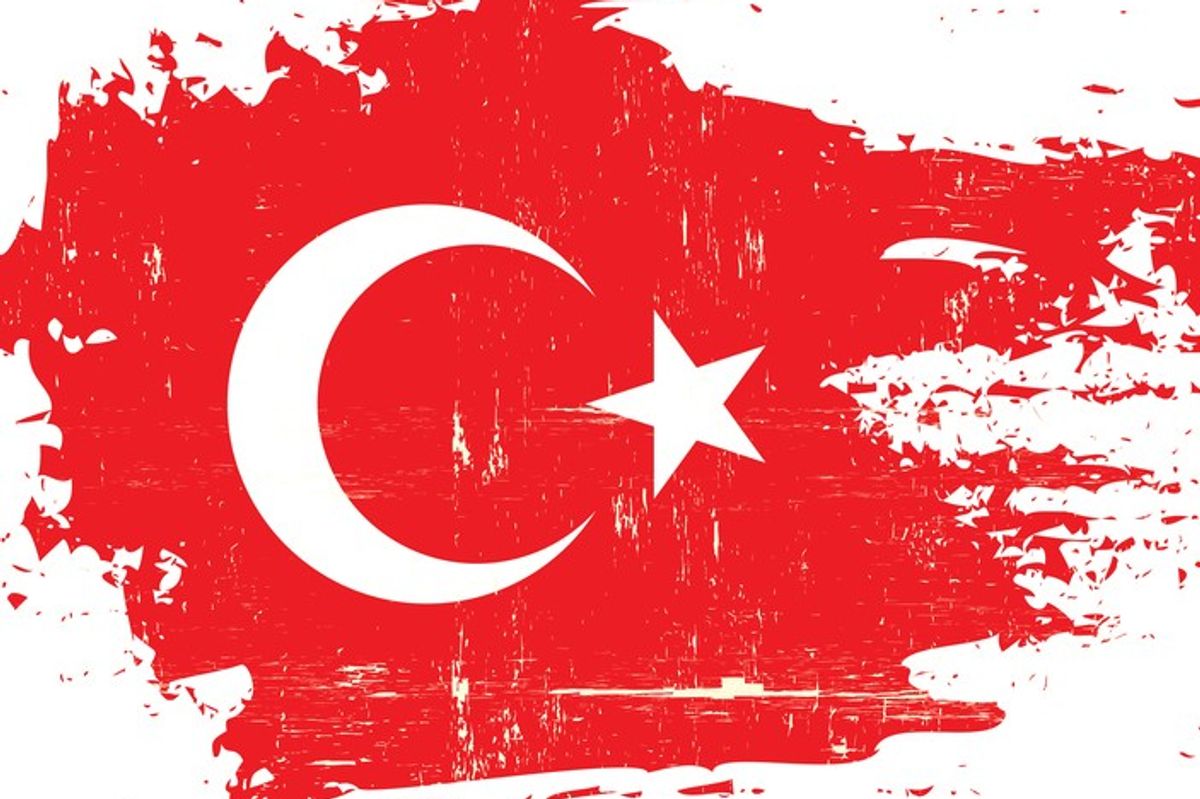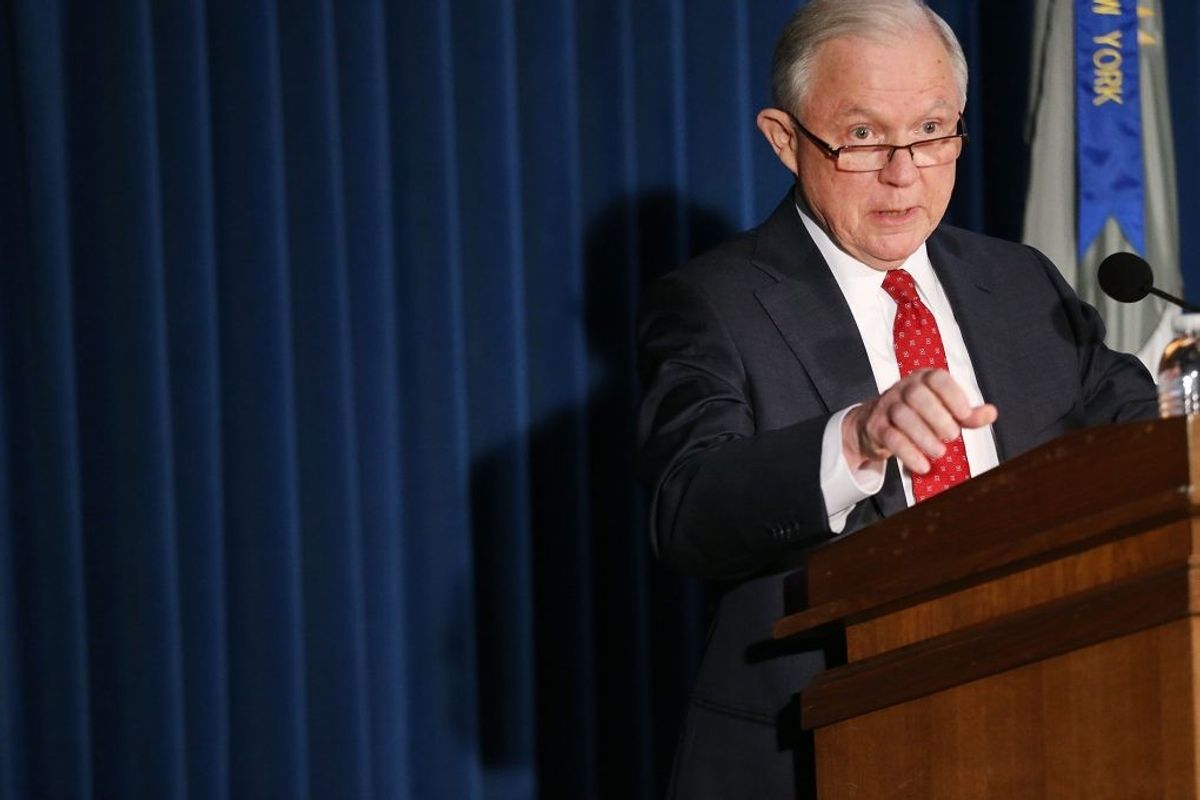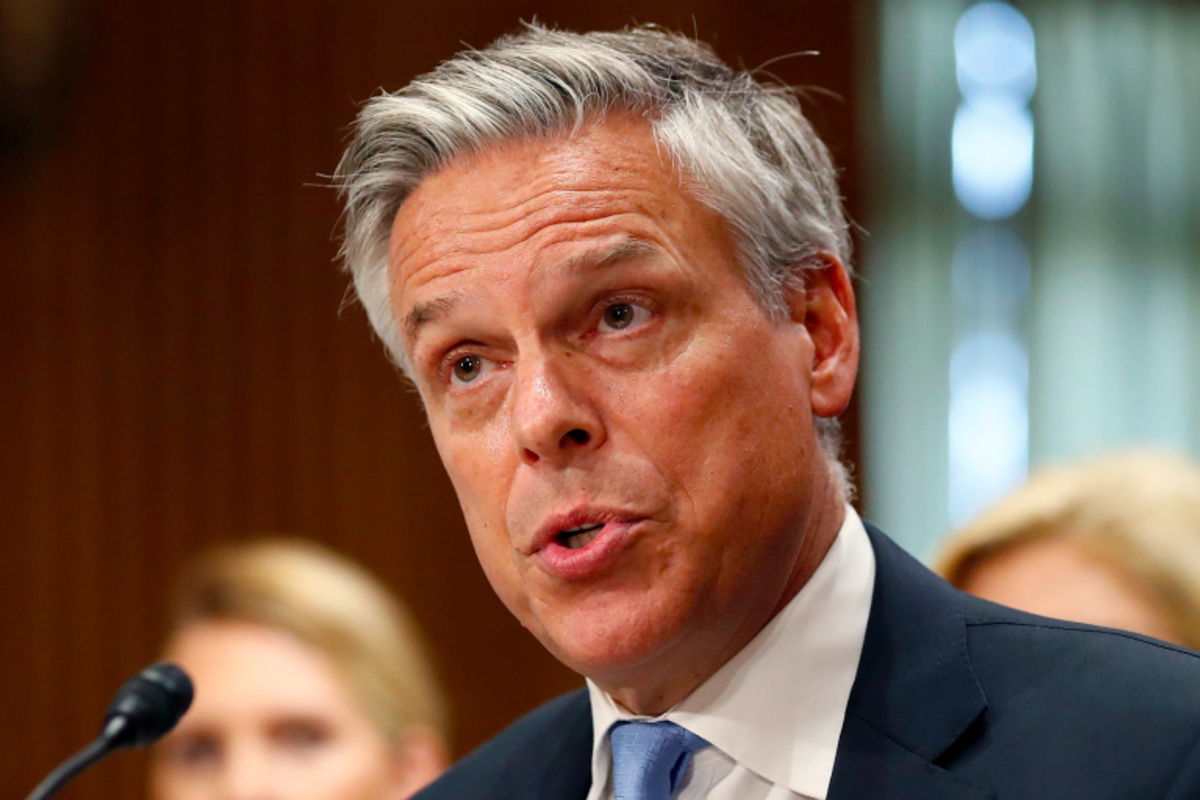The longest war in U.S. history enters its 17th year on Saturday, with approximately 11,000 American forces still stationed in Afghanistan. The campaign began on October 7, 2001 in response to the devastating September 11 terrorist attacks .
On Tuesday, Secretary of Defense James Mattis and General Joseph Dunford, the Chairman of the Joint Chiefs of Staff, told the Senate Armed Services Committee that U.S. troops aren’t leaving Afghanistan anytime soon.
“It'll be a few years, but in my judgment, the Afghans will get to the point where, with a much lower level of support, they'll be capable of actually securing Afghanistan,” Gen. Dunford told Senators, indicating a complete withdrawal of U.S. troops isn’t on the near horizon.
President Donald Trump’s decision to stay in Afghanistan signaled a third presidential administration taking ownership of the nearly two-decade old conflict.
To put that length into context, the next longest American war was waged in Vietnam, which lasted just over 10 years, from March 1965 to May 1975.
U.S. President Donald Trump has long been a vocal critic of the war in Afghanistan. Trump regularly tweeted criticism of the war effort during his campaign, but said his perspective changed since becoming president.
“My original instinct was to pull out,” he told a national television audience when he unveiled his long-awaited Afghanistan strategy in August. “But all my life I've heard that decisions are much different when you sit behind the desk in the Oval Office.”
He then pledged to send more troops into the country, increase U.S. special operations forces missions, and set no fixed withdrawal date from the conflict.
How many troops would he send? He wouldn’t say.
“We will not talk about numbers of troops or our plans for further military activities,” Trump declared.
Troop levels have ebbed and flowed with each administration, reflecting each president’s desire to finish the job, only to have worsening conditions pull them back into the fight.
The pattern has ranged from gradual to sharp troop increases, followed by drastic decreases. And while the current mission in Afghanistan is officially a “train, advise, assist, and accompany” mission, as opposed to a direct combat mission, U.S troops still remain in the country 16 years later.
The war first started with the CIA working with Special Operations Forces and the Afghan opposition group, the Northern Alliance, to target al Qaeda and Taliban leadership, most notably Osama bin Laden, the prime suspect behind the 9/11 attacks.
The bulk of the fighting force in Afghanistan was made up of Afghan local fighters opposed to the Taliban.
Towards the end of 2001, the number of U.S. troops topped 2,500, as the U.S. embarked on a bombing campaign of the mountainous region known as Tora Bora in an effort to eliminate bin Laden and the rest of al Qaeda’s leadership.
By December 2003, the number of troops grew to over 13,000 and would continue to steadily rise, reaching approximately 68,000 by 2009. But the security situation was deteriorating, and in December 2009, then-President Barack Obama ordered a troop surge in response to gains made by the Taliban. By May of 2011, when Osama bin Laden was killed in a U.S. special operations raid in neighboring Pakistan, U.S. troop levels in Afghanistan topped off at about 100,000.
But Obama had campaigned on the promise to end the U.S. military campaign by the end of his term, so troop levels began decreasing, with a drop of nearly 30,000 troops between 2012 and 2013, to below pre-surge levels.
While the Obama administration formally announced in May 2014 that the U.S. combat mission in Afghanistan would end in December of that year, it also signed a security agreement with Afghanistan a few months later allowing U.S. troops to stay in the country to continue counterterrorism missions and advise Afghan forces fighting the Taliban after the withdrawal date.
“Today, we mark an historic day in the U.S.-Afghan partnership that will help advance our shared interests and the long-term security of Afghanistan,” President Obama said in a statement marking the signing of the security agreement on September 30, 2014.
The Obama administration initially planned to pare down U.S. troop levels in the country to 5,500 by the end of 2016, just weeks before Obama would leave office. However, concerns about the capabilities of Afghan security forces and a renewed resurgence of the Taliban led Obama to re-assess U.S. strategy. Ultimately, the president decided to maintain a force of approximately 8,400 troops, with the focus on “narrow missions.”
That number actually turned out to be significantly higher. A Wall Street Journal report this summer concluded the actual number was around 12,000, after adding in troops serving on temporary assignment, special operations forces, and other specialized units.
In August, Lt. Gen. Kenneth McKenzie, the director of the Joint Chiefs of Staff, provided further clarification, telling reporters the current number of total forces in Afghanistan was “approximately 11,000.”
“The number might be slightly above that. It might be slightly below that. It will certainly vary”, McKenzie said. “That’s an approximate number, and that’s the number you will get from now on.”
McKenzie explained that included in the number are troops serving short-duration missions, which vary depending on operational conditions, and accounted for the discrepancies.
He also insisted it wasn’t in the military’s best interest to parse in great detail the number of American troops currently serving, for fear of giving information to the enemy.
Shortly thereafter, Secretary of State James Mattis signed deployment orders for additional troops in accordance with the new Afghanistan strategy.
“By and large, this is to enable the Afghan forces to fight more effectively. It is more advisers. It’s more enablers. Fire support, for example, and there’s some other things,” Mattis said, but he declined to go into detail about the exact number of troops.
In September, Mattis finally revealed the number was “exactly over 3,000, somewhat,” adding that most were “on their way or under orders now.”
The additional 3,000 troops will boost the number to approximately 14,000 troops in Afghanistan by the end of 2017.
Ultimately, that figure would place a number of troops in Afghanistan at a level similar to that of 2004, nearly three and a half years after President Obama had pledged to end the U.S. mission.
“Our goal is a stabilized Afghanistan, achieved through an Afghan-led, Afghan owned peace process,” Mattis told lawmakers last Tuesday, indicating that a full U.S. withdrawal was still more of an aspiration than an actuality.
The war in Afghanistan has come at a price of blood and treasure. According to the Department of Defense, U.S. military casualties in Afghanistan over the nearly 16 years sits at 2,350, with more than 20,000 wounded in action.
Afghanistan is also the largest recipient of U.S. foreign aid for 2017. According to foreignassistance.gov, the U.S. has designated $4.7 billion for humanitarian aid to the country this year.
It is often noted that the amount spent by the U.S. in Afghanistan rivals or even tops the amount spent on the Marshall Plan in Europe after World War II. However, Politifact points out major differences between the two programs. While the aid given to Afghanistan was mostly military, the Marshall Plan was primarily economic. And accounting for inflation and the size of the U.S. economy after WWII compared to present day, the Marshall Plan represented a much larger economic burden on the U.S.
Nevertheless, since 2002, the U.S. has spent well over $100 billion in military and humanitarian aid to Afghanistan, though some studies estimate the cost is exponentially higher, perhaps as much as one trillion dollars when factoring the costs of troop deployments, interest and future care for veterans.
Verdi Tzou is a national security web editor at The Cipher Brief.










